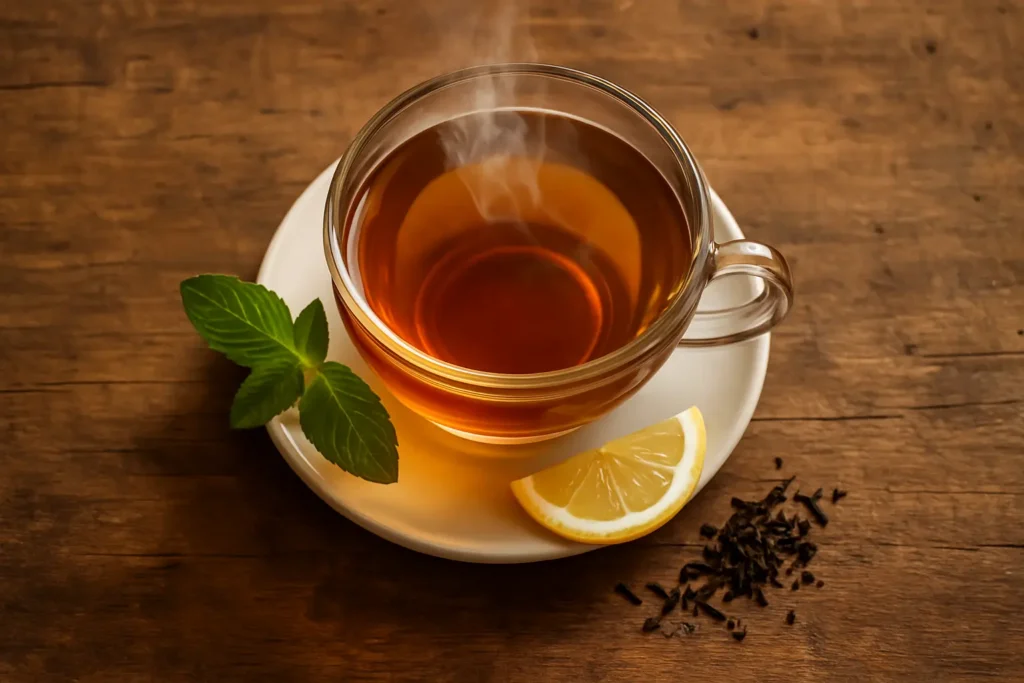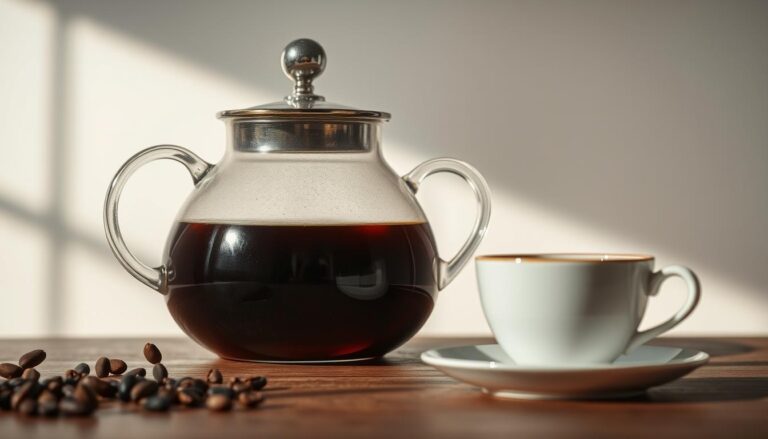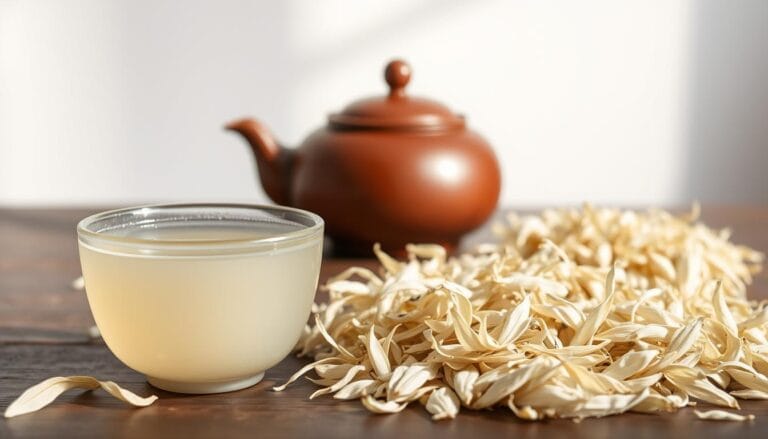Caffeine Content in Coffee, Tea, Soda & Energy Drinks: Complete Guide 2025
Understanding the caffeine content in your favorite beverages is crucial for making informed choices about your daily intake. Whether you’re a coffee enthusiast, tea lover, or occasional energy drink consumer, knowing exactly how much caffeine you’re consuming can help you optimize your intake while avoiding potential negative effects.
Table of Contents
Why Caffeine Content Matters
Caffeine affects everyone differently, and consuming too much can lead to headaches, restlessness, nervousness, and sleep disruption. With caffeine hiding in unexpected places and varying significantly between different beverages and preparation methods, tracking your total daily intake requires more knowledge than many people realize.
Safe Caffeine Consumption Guidelines
Health experts recommend that most healthy adults limit their caffeine intake to 400 milligrams per day. This threshold, endorsed by major health organizations including the FDA, represents a conservative estimate designed to minimize risk while allowing most people to enjoy caffeine’s cognitive benefits.
However, this general recommendation doesn’t apply to everyone. You should reconsider your caffeine intake if you experience symptoms like headaches, restlessness, or nervousness after consumption. These signs indicate that your body may be processing caffeine differently or that you’ve exceeded your personal tolerance level.
Special Considerations for Vulnerable Groups
Certain populations need to be particularly cautious about caffeine consumption:
Pregnant and Breastfeeding Women: Medical professionals strongly advise pregnant women to limit caffeine to less than 200 milligrams per day, as caffeine crosses the placenta and can affect fetal development. Breastfeeding mothers should also monitor their intake, as caffeine passes into breast milk and can cause irritability and sleep problems in infants.
Adolescents: The American Academy of Pediatrics recommends that teenagers limit caffeine to no more than 100 milligrams per day, as developing brains may be more susceptible to caffeine’s effects.
Individuals with Medical Conditions: People with cardiovascular disease, anxiety disorders, or sleep disorders may need to limit or eliminate caffeine consumption entirely, as it can exacerbate these conditions.
Factors That Influence Caffeine Content


The caffeine content in beverages isn’t standardized and can vary significantly due to several factors:
Growing Conditions: Coffee and tea plants produce different amounts of caffeine based on altitude, climate, and soil conditions. Higher altitudes and stressful growing conditions typically result in higher caffeine content.
Processing Methods: Roasting actually reduces caffeine content in coffee beans, with darker roasts containing slightly less caffeine than lighter roasts. Tea processing affects caffeine extraction, with black teas generally containing more caffeine than green or white teas.
Preparation Techniques: Brewing time, water temperature, and the coffee-to-water ratio dramatically influence final caffeine content. Longer brewing times and higher temperatures extract more caffeine from the grounds or leaves.
Serving Size: Perhaps the most overlooked factor is serving size. Coffee shop “small” sizes are often 12-16 ounces, significantly larger than the 8-ounce standard serving used in most caffeine measurements.
Detailed Caffeine Content by Beverage Type
Coffee (8 oz serving)
- Brewed Coffee: 96 mg (can range from 70-140 mg depending on preparation)
- Espresso: 63 mg per 1 oz shot
- Instant Coffee: 62 mg
- Decaf Coffee: 2-5 mg (not completely caffeine-free)
Tea (8 oz serving)
- Black Tea: 48 mg (range: 40-70 mg)
- Green Tea: 29 mg (range: 20-45 mg)
- White Tea: 20 mg (range: 15-30 mg)
- Decaf Tea: 2-5 mg
Carbonated Beverages (8 oz serving)
- Cola: 33 mg
- Citrus Sodas (most brands): 0 mg
- Citrus Sodas (caffeinated versions): 36 mg
- Root Beer: 0 mg (most brands)
Energy Drinks
- Standard Energy Drink (8 oz): 79 mg
- Energy Shot (2 oz): 200 mg
Hidden Sources of Caffeine
Many products contain caffeine that consumers don’t expect:
Chocolate Products: Dark chocolate contains 5-35 mg per ounce, while milk chocolate has 1-15 mg per ounce. Coffee-flavored ice cream can contain 30-45 mg per half-cup serving.
Medications: Many over-the-counter pain relievers, cold medications, and weight loss supplements contain caffeine. Always check labels and consult with healthcare providers about potential interactions.
Flavored Foods: Coffee-flavored yogurt, energy bars, and even some protein powders may contain significant amounts of caffeine.
Practical Tips for Managing Caffeine Intake
Track Your Consumption: Keep a log of all caffeinated beverages and products you consume, including serving sizes and timing.
Read Labels Carefully: Caffeine content must be listed on labels, but serving sizes can be misleading. Pay attention to the actual amount you’re consuming versus the listed serving size.
Consider Timing: Avoid caffeine within 6 hours of bedtime to prevent sleep disruption. The effects of caffeine can last 4-6 hours in most people.
Gradual Reduction: If you need to reduce caffeine intake, do so gradually to avoid withdrawal symptoms like headaches and fatigue.
Stay Hydrated: Caffeine has mild diuretic effects, so ensure you’re drinking enough water throughout the day.
Making Informed Choices
Understanding caffeine content empowers you to make choices that align with your health goals and lifestyle. Whether you’re looking to optimize your morning routine, avoid afternoon crashes, or simply ensure you’re not exceeding safe limits, knowledge of caffeine content is your most valuable tool.
Remember that the figures provided should be used as general guidelines, as actual caffeine content can vary significantly based on preparation methods, serving sizes, and individual product formulations. When in doubt, consult with healthcare professionals, especially if you have underlying health conditions or are taking medications that might interact with caffeine.
The key to healthy caffeine consumption lies not in elimination, but in moderation and awareness. By understanding what you’re consuming and how it affects your body, you can enjoy the benefits of caffeine while minimizing potential risks.







